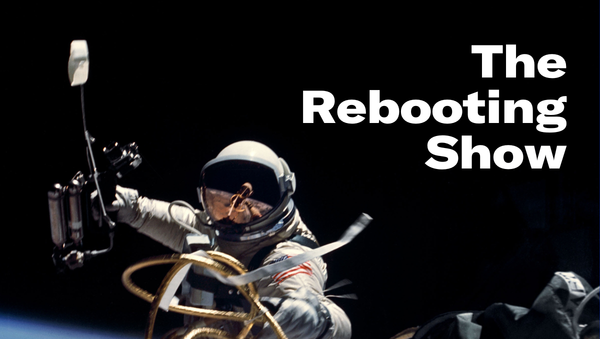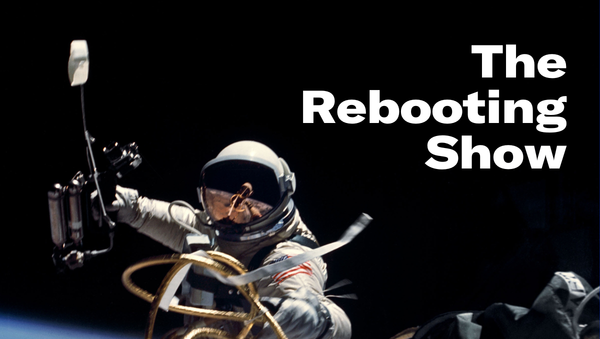Things that won't change
Plus: A conversation with Sara Fischer from Axios on the year ahead in the media business

I’m getting ready to head to Las Vegas for the back half of CES week. We have one slot left for The Rebooting dinner there. Get in touch if you’ll be around on Thursday night. My email is bmorrissey@therebooting.com.
To kick off the year on The Rebooting Show, I spoke to Axios senior media reporter Sara Fischer about the main themes of the year ahead. Among the topics we covered:
- The value of identifying patterns from the torrent of news
- The unrealistic expectations of the ZIRP/scale era
- Cyclical challenges vs structural changes
- The wasteland of general interest publications
- The existential threat of AI to many publishing businesses
- AI’s impact on the non-content aspects of the publishing function
- How debt will accelerate the inevitable consolidation of streaming services
Check out the full episode on Apple, Spotify and other podcasting platforms.
If you like the show, please leave it a rating and review because podcast discovery is hard and one my goals for the year is to expand both The Rebooting Show and People vs Algorithms.
Later on, I give my take on things that won’t change and in Recommendations focus on scenes from the more-with-less era.
Things that won’t change

Jeff Bezos advises that rather than trying to predict change it’s better to focus on things that won’t change. It’s why no matter how people shop, he’s fairly sure they’ll want low prices and convenience.
I’m in the midst of reading “The Coming Wave,” DeepMind co-founder Mustafa Suleyman’s book about the coming momentous changes due to artificial intelligence and synthetic biology. I try to be allergic to hype – we all lived through Web3, and now apparently “NodeMonkes money is rotating to Bitcoin Puppets” – but AI feels different, more of what Bezos says is a discovery rather than invention. So best apply the first-principles thinking of what won’t change in the media business.




